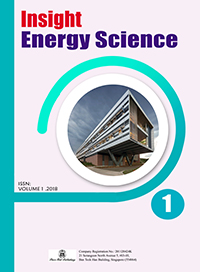Vibration based piezoelectric micro energy harvesters as an alternative power sources to conventional battery based systems
Providing a green, virtually infinite alternative power source to traditional energy sources will significantly expand applications for WSNs and other technologies. The use of piezoelectric materials to capitalize on the ambient vibrations surrounding a system is one method that has seen a dramatic rise in the use for power harvesting. Most of the works found in literature are different in their structures and vibration frequencies, and only few of them have focused on power harvesting under both low frequency and acceleration applications.
The Lead Guest Editor
Salem Saadon
Read more about Vibration based piezoelectric micro energy harvesters as an alternative power sources to conventional battery based systems


 Open Access
Open Access